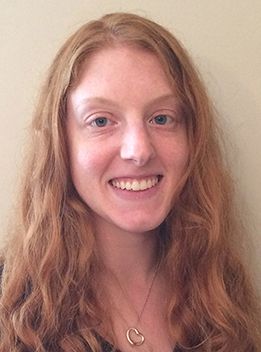
In the new fiscal year, which began July 1, the Obama administration proposed that 85,000 refugees be granted entrance to the United States. Next year, that number will rise to 100,000.
Unfortunately, as explored in The Sillerman Center’s funder’s guide, “U.S. Refugee Resettlement and Integration,” growth in the refugee population has not been matched by funding increases that would help refugees settle and thrive here. As refugee resettlement becomes increasingly controversial in the U.S. and across the globe, it becomes less likely that governments will come up with the money to support refugees from around the world. This makes private investment in this area ever more crucial.
Philanthropy is particularly well positioned to sustain and expand successful national, state, and local practices, programs and policies designed to assist refugees and immigrants. In states and in cities and towns, the central questions about immigration aren’t about who should stay and who should go, which stalled executive orders like DACA and DAPA, but how to best achieve “integration” – that is, how to create the conditions so that immigrants and refugees can find happiness, belonging and success, so that everyone benefits. With its recently formed White House Task Force on New Americans, the federal government endorsed integration efforts, though no funding has been allocated yet.
But with growing refugee populations and anti-refugee rhetoric dominating airwaves, small community-based programs will have increasingly less space and fewer dollars to provide basics like vocational training, financial and health literacy, even English classes. Public dollars cover a small portion of the U.S. Refugee Resettlement Program’s budget.The remainder is privately funded.
Investing in refugee integration benefits not only refugees but whole communities. For example, in Lewiston, Maine, Somali refugees helped revitalize the city. A decade after refugees’ arrival in this former mill city, incomes grew, economic conditions improved and the crime rate dropped lower than it was in peer cities with similar rates of poverty. Similar stories of immigrant and refugee led revitalization, and falling crime rates come from cities in Ohio, from Philadelphia, neighborhoods in Chicago, Los Angeles, Dallas and San Jose, California.
In order for refugees to be in a position to contribute fully and for their children to find success, they must overcome structural barriers to well-being and social mobility. In many places where refugees settle, public transportation systems are inadequate, local governments and service providers don’t provide translation or language assistance, quality health care is unavailable and refugees and immigrants have trouble getting access to banks. Many refugees suffer from social isolation and untreated mental health challenges brought on by trauma experienced in their home countries or during their journeys to the United States. And, as a 2014 study noted, refugees tend to have “much lower” levels of education than immigrants .
The US government provides refugee families some basic social services and legal assistance for about a year. After that help runs out, many refugees must apply each year for Temporary Protected Status, which typically doesn’t qualify people for government benefits. Many immigrants and refugees aren’t eligible for long-term public benefits such as government-subsidized health insurance. Refugees are even required to repay the government for the cost of their trip to the United States.
America’s philanthropists could contribute in at least two ways. They could support local immigrant and refugee community leaders, communication strategists and others who can correct public misunderstandings about refugees, and, in time, might engender more government support. As advocates and others nudge government forward, funders in the meantime could act immediately to ensure that proven integration programs and services are created and sustained in the growing number of communities where refugees are, and increasingly will be, making their homes.
Sheryl Seller is the Program Administrator for the Sillerman Center for the Advancement of Philanthropy.
